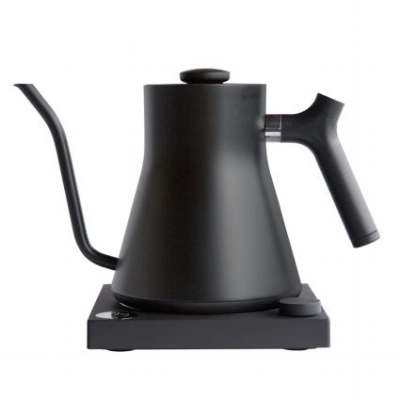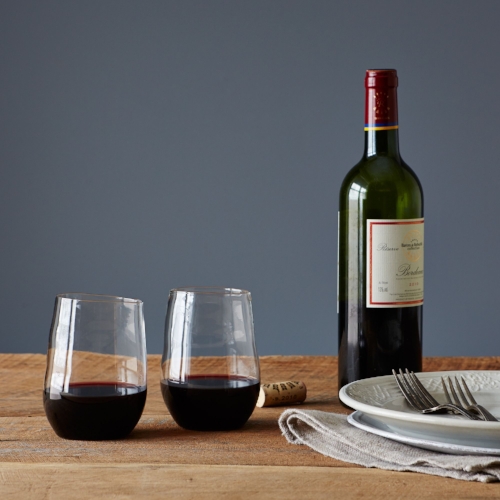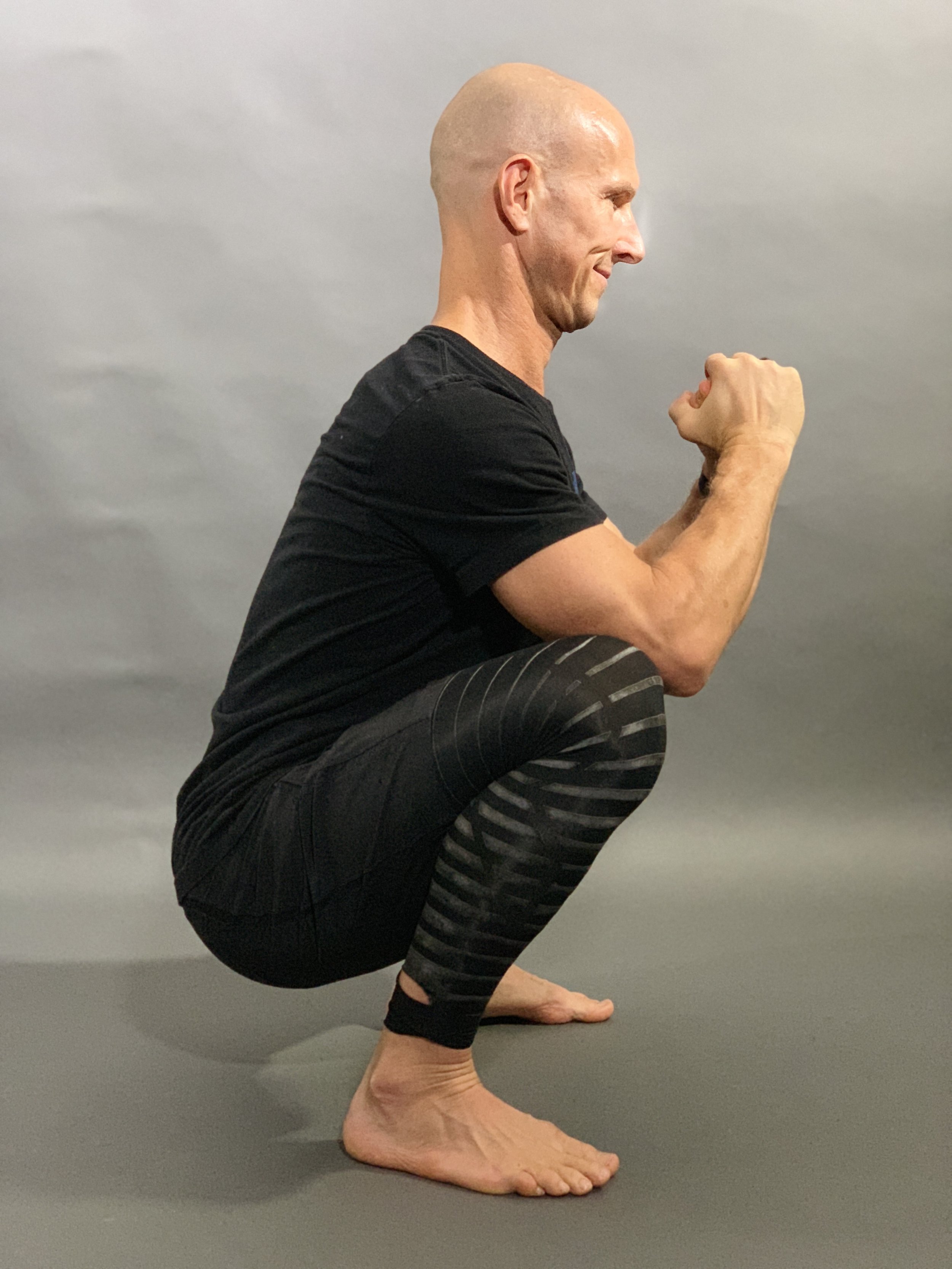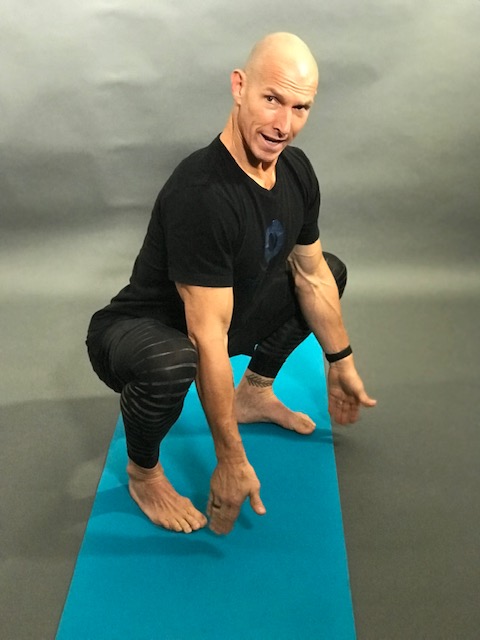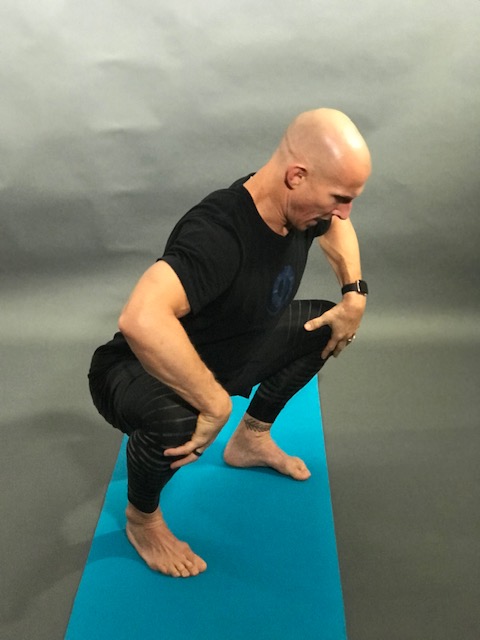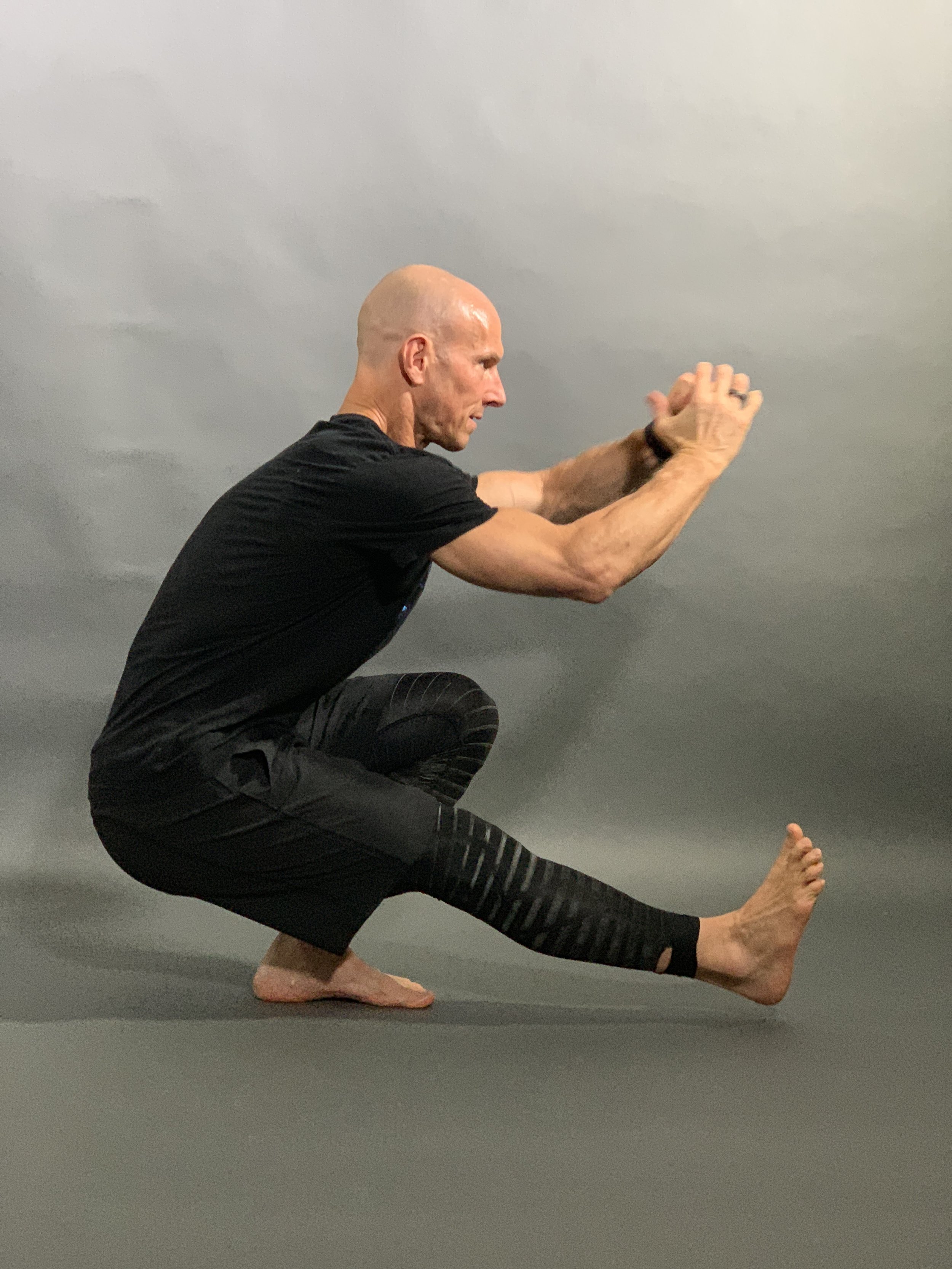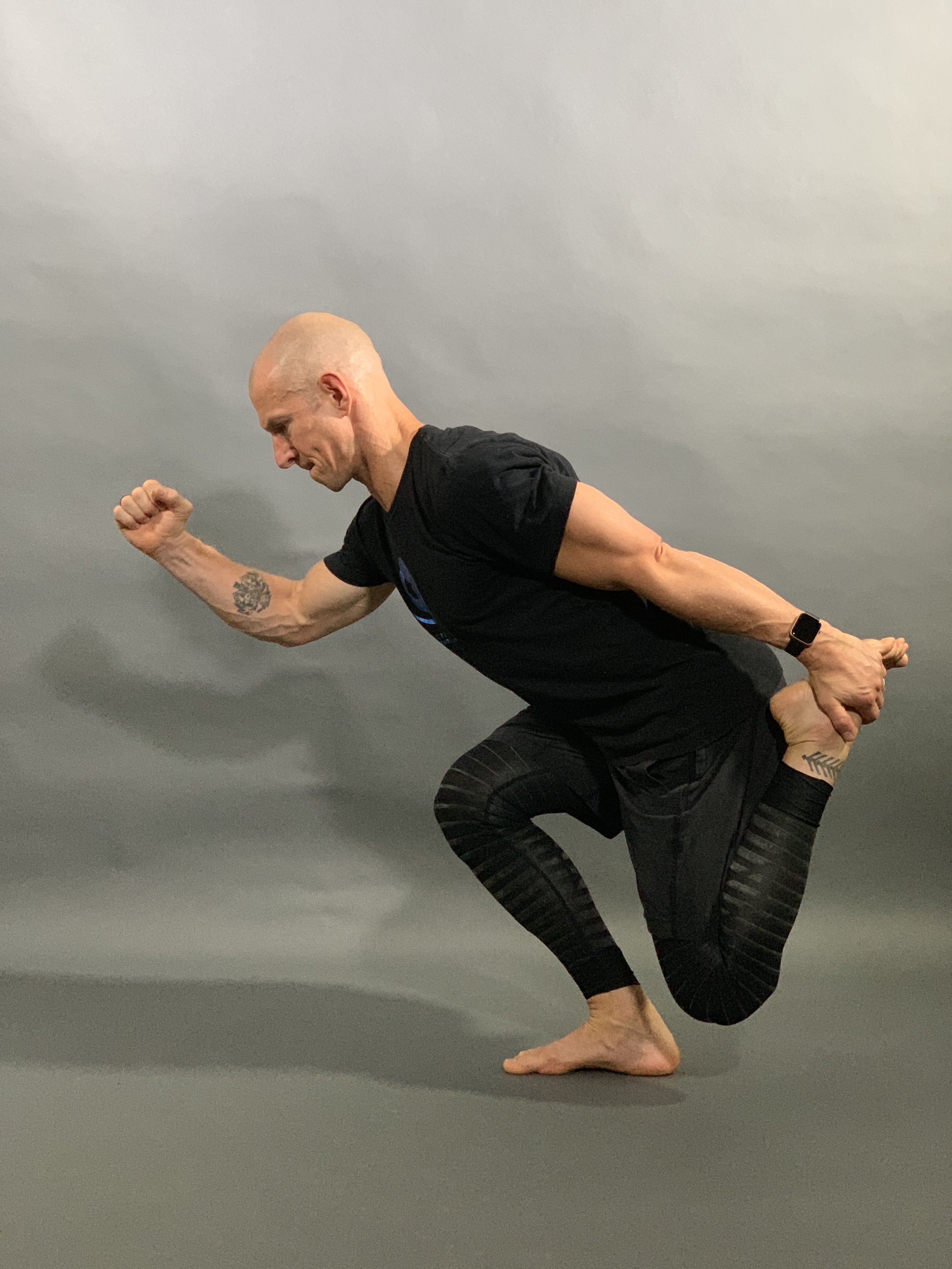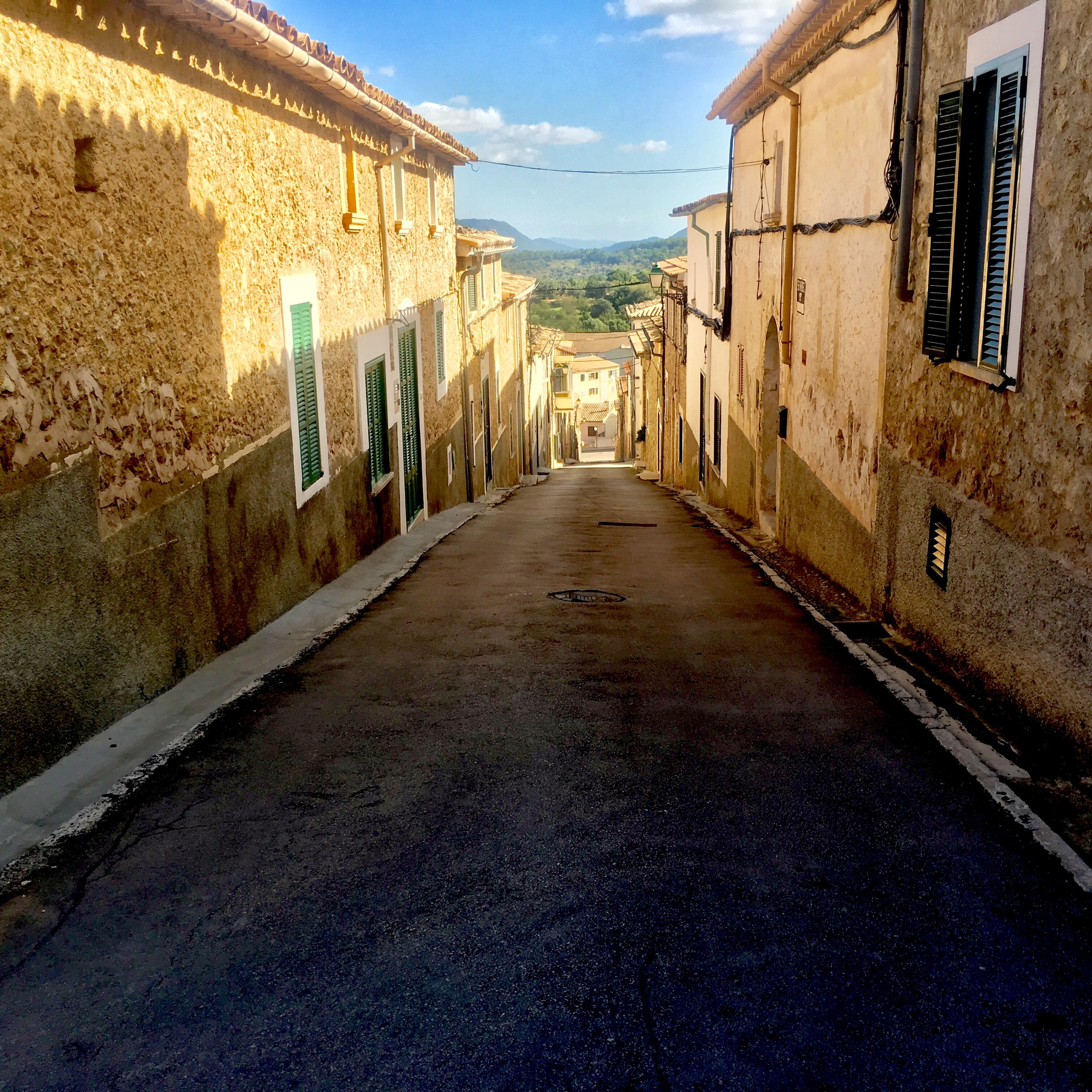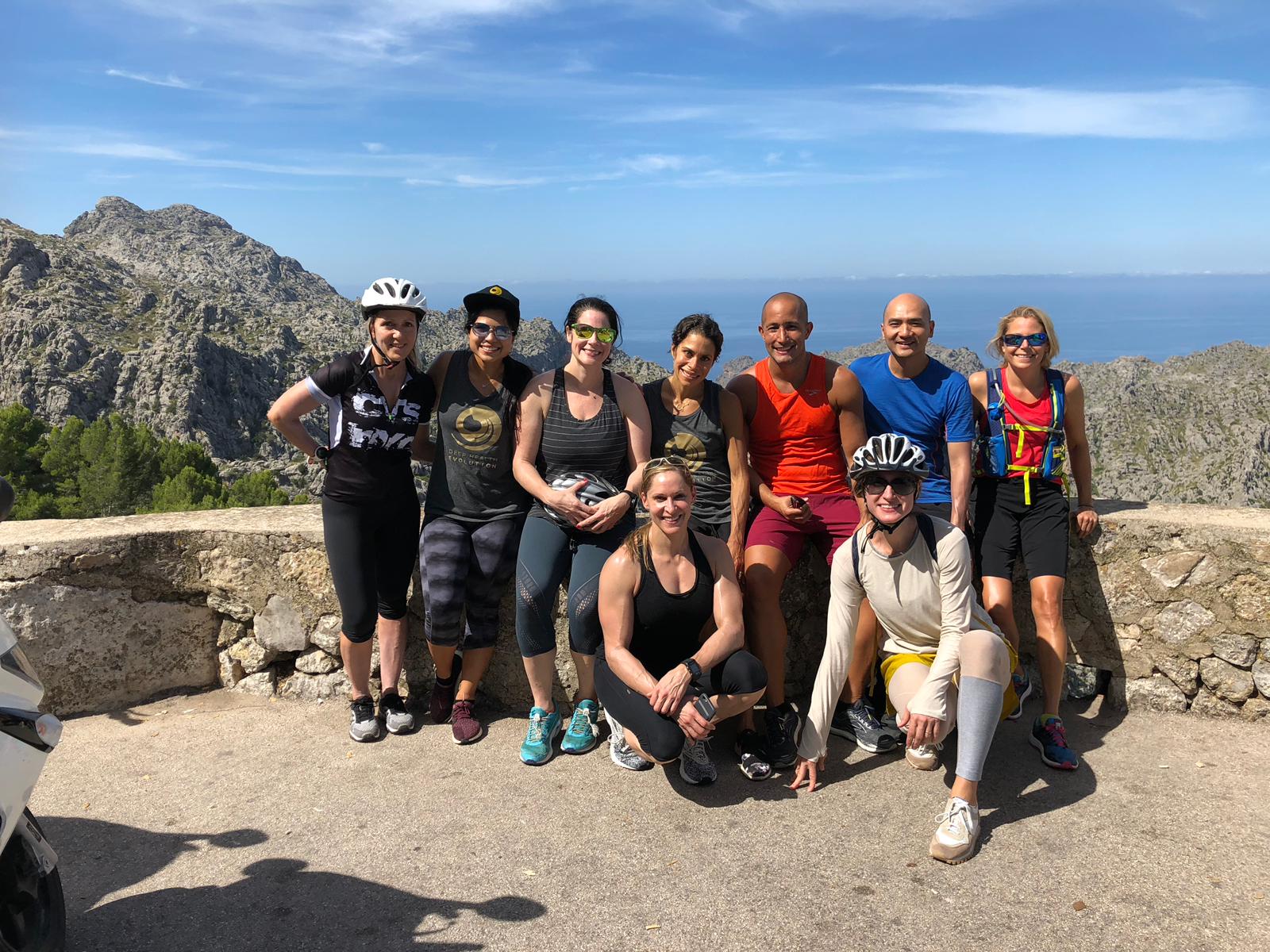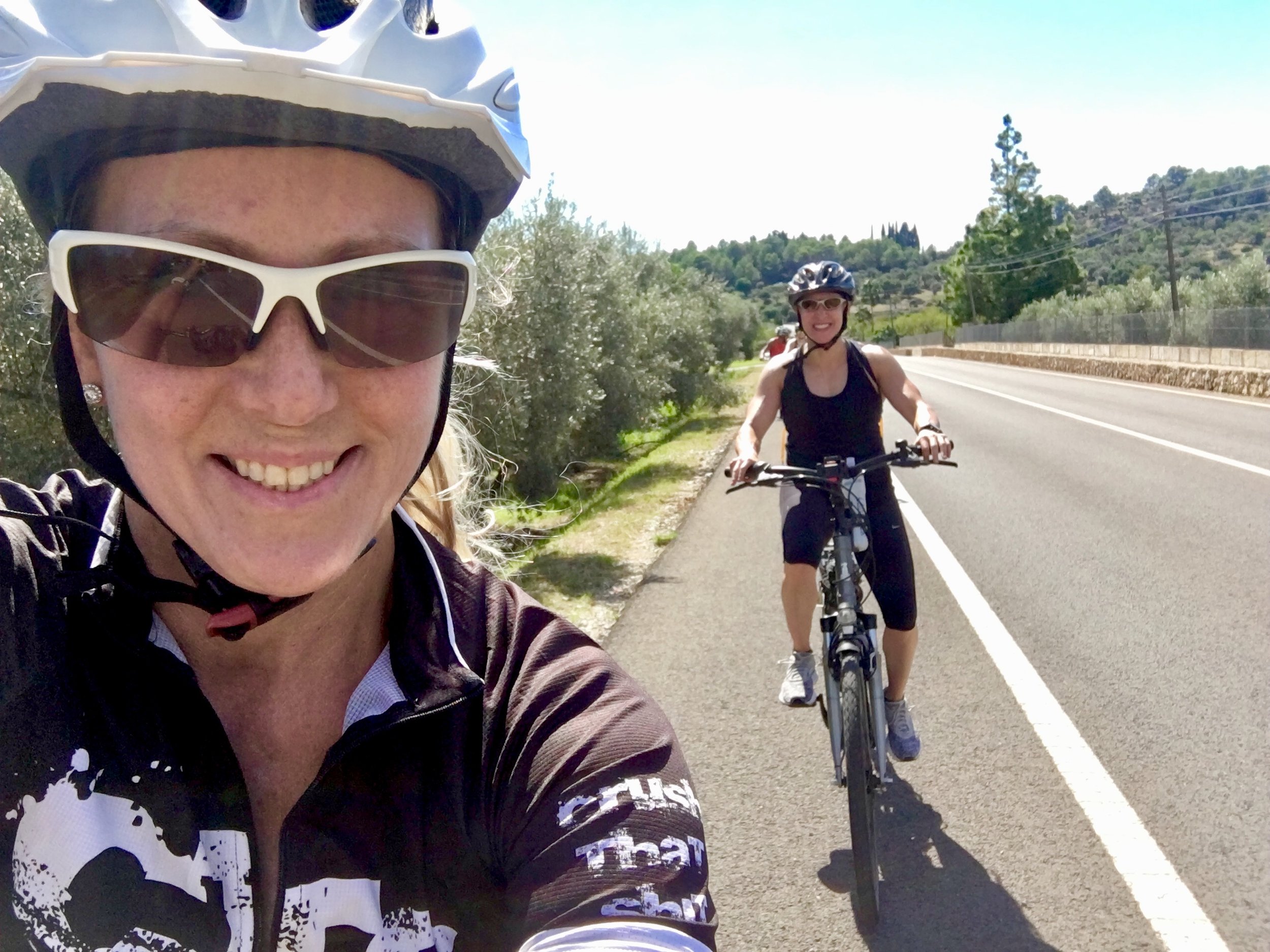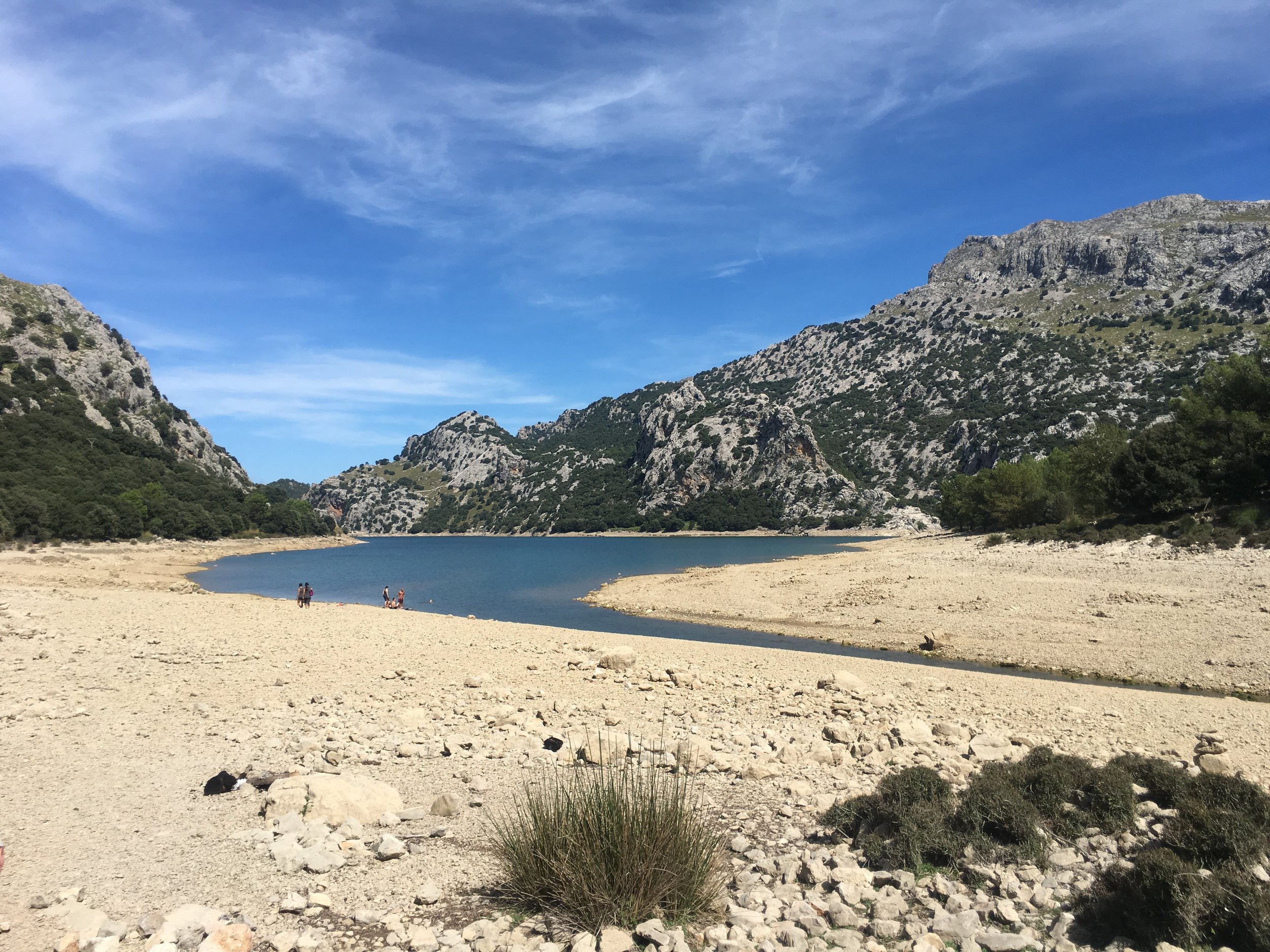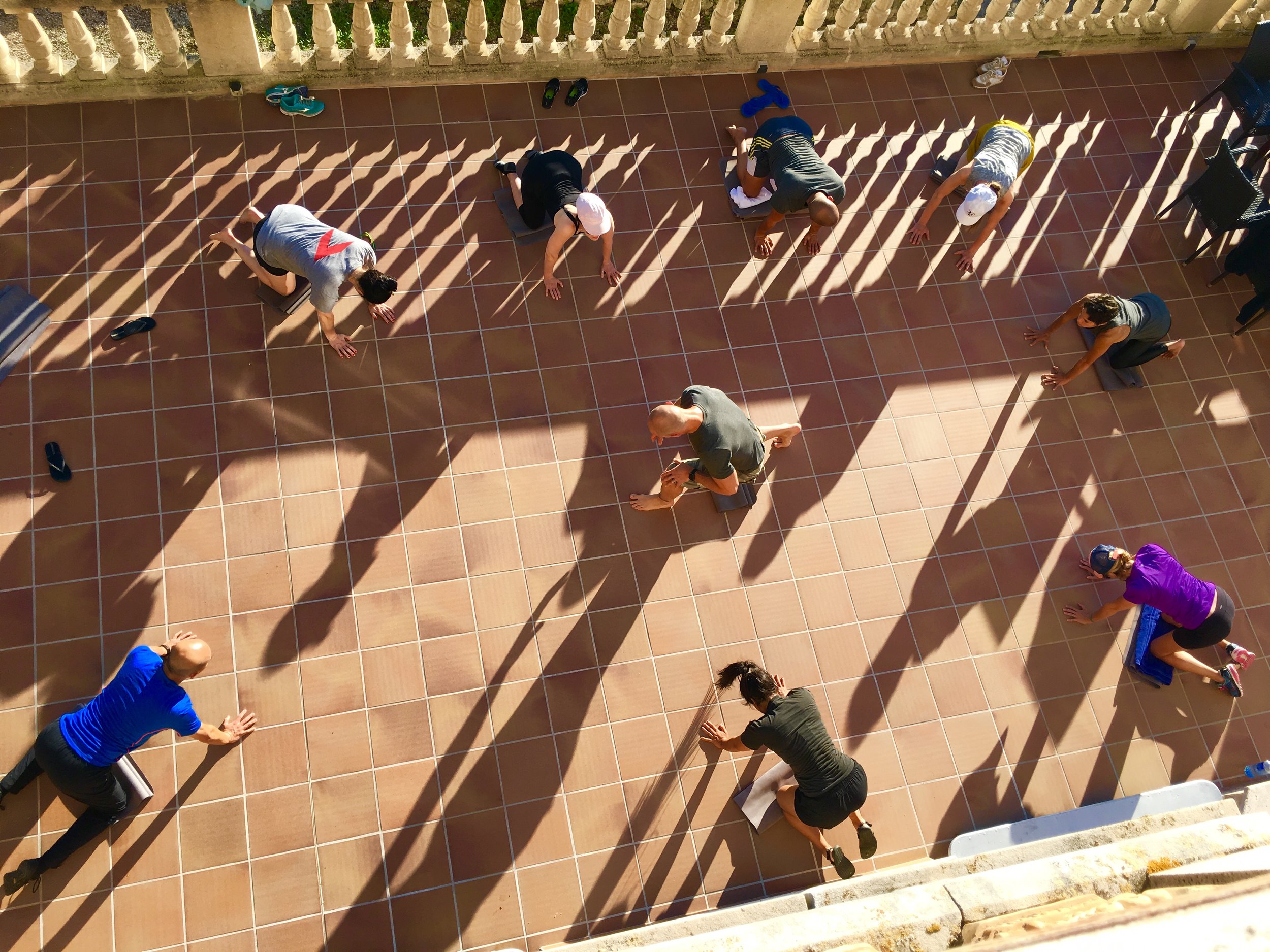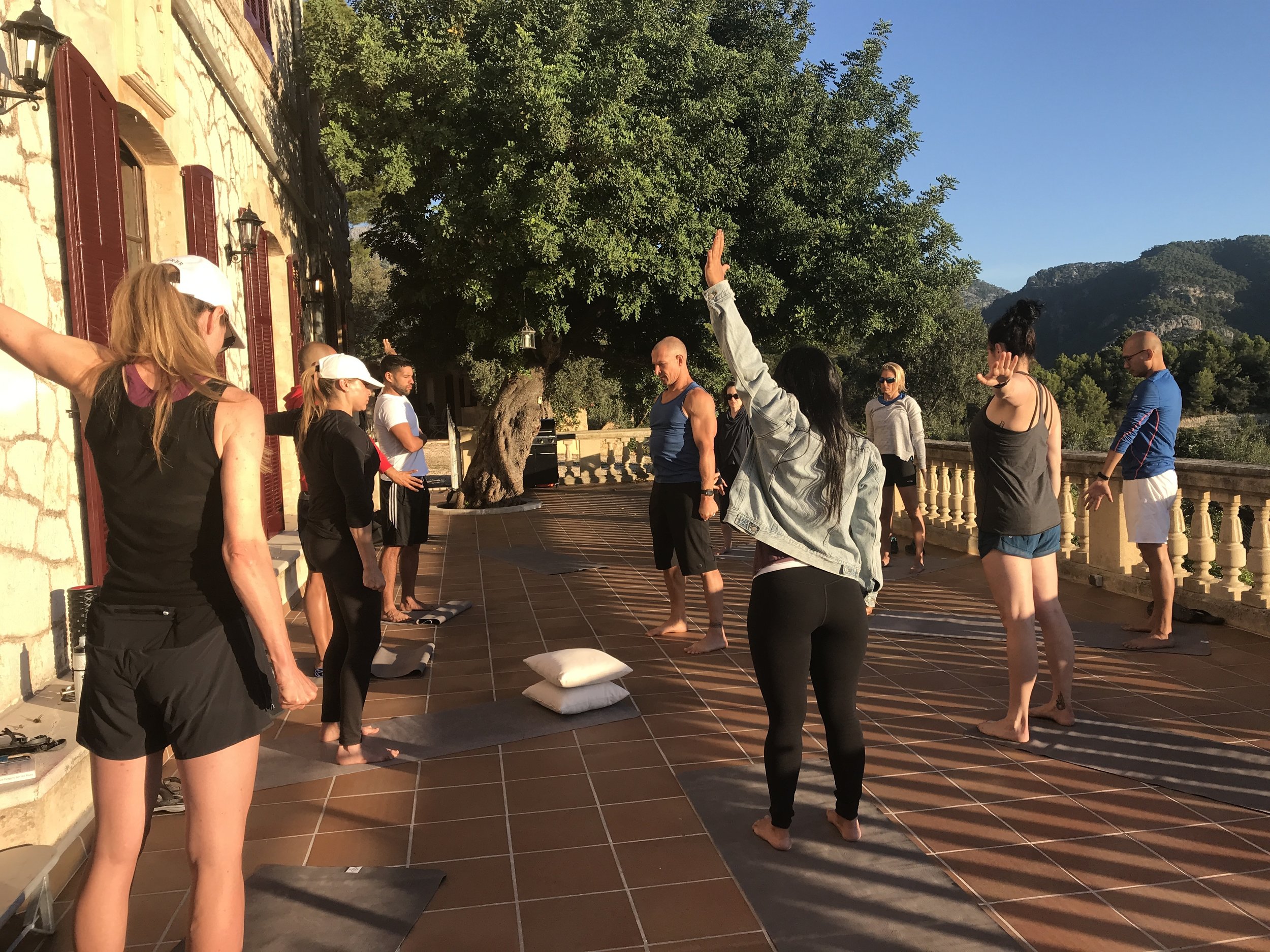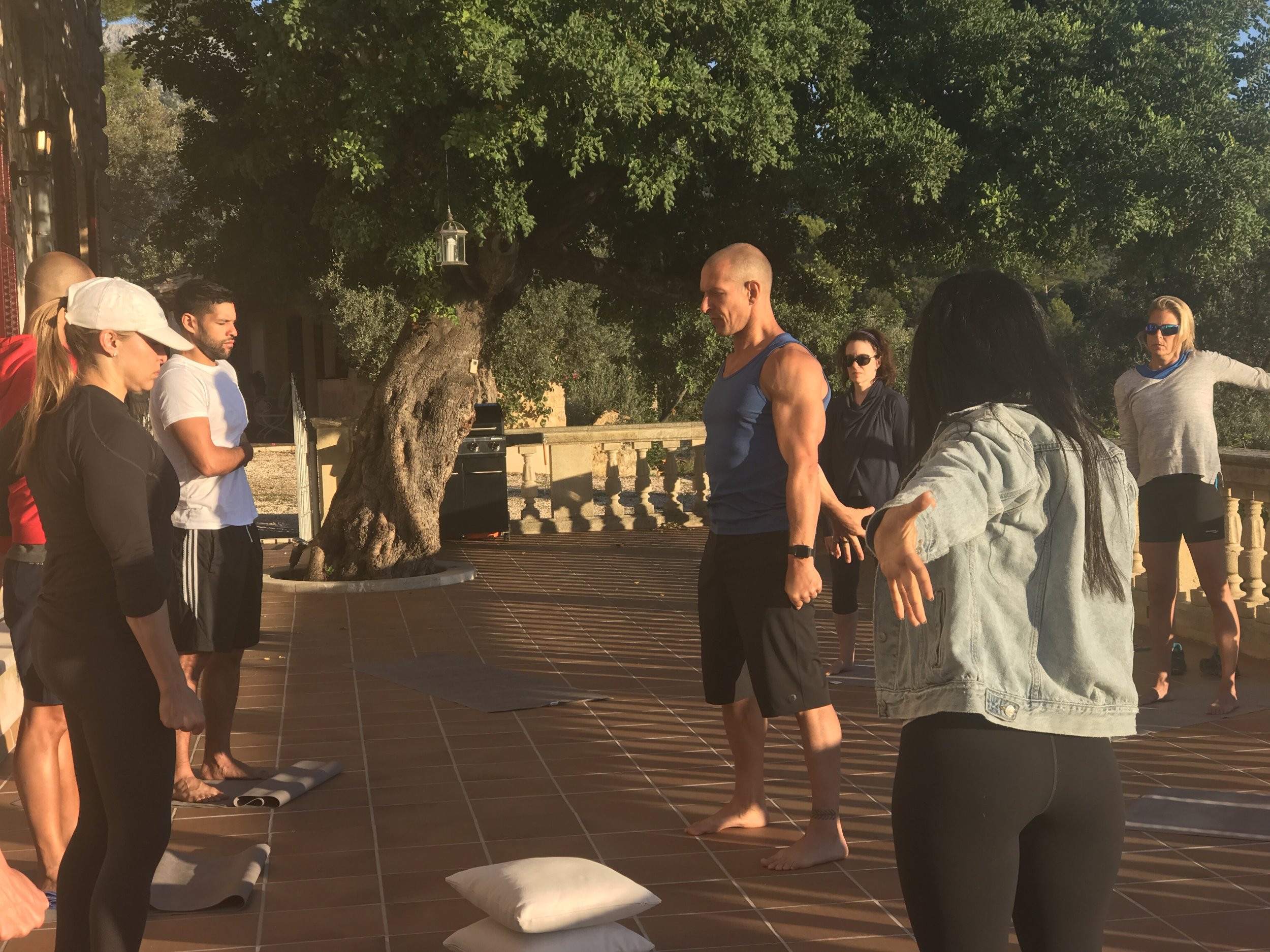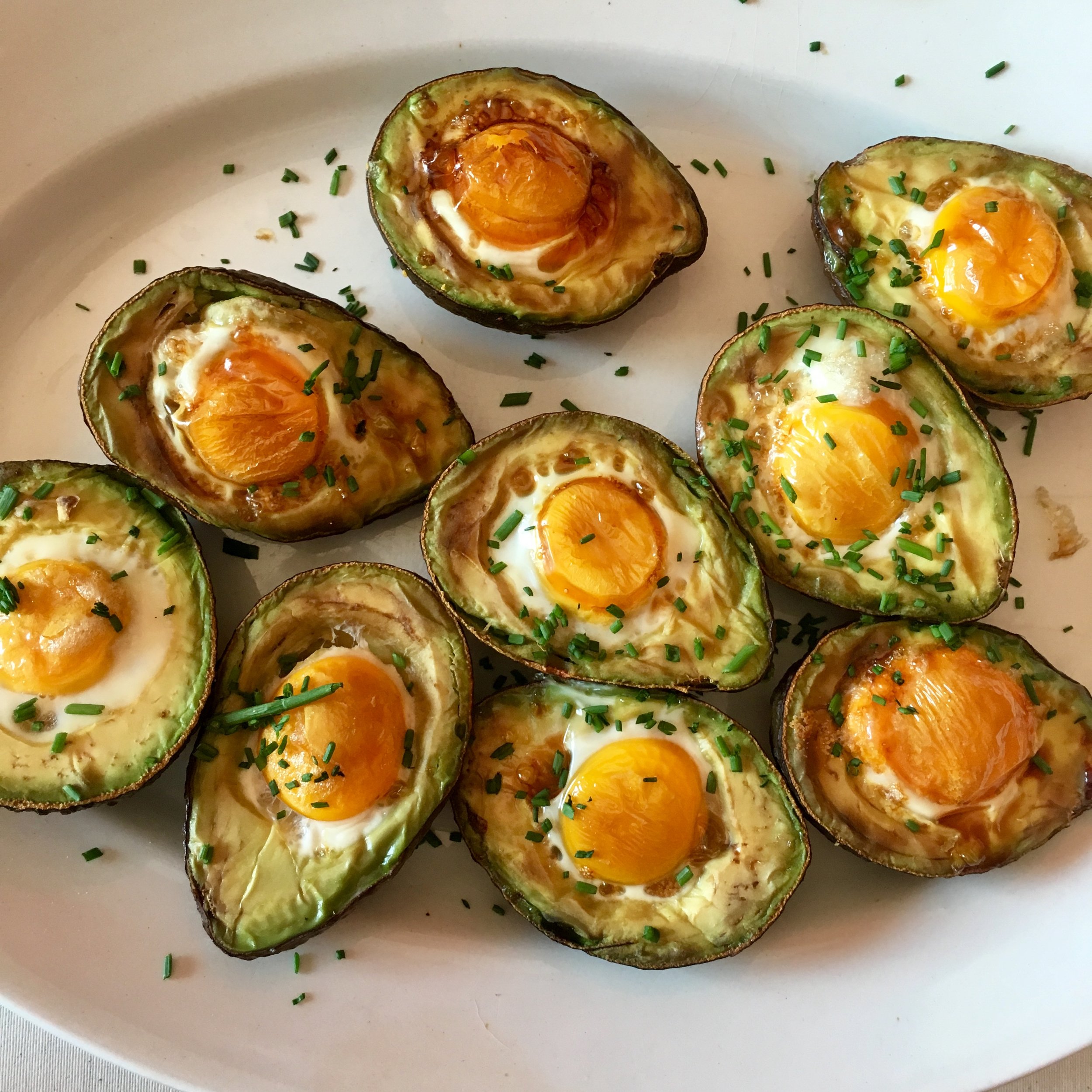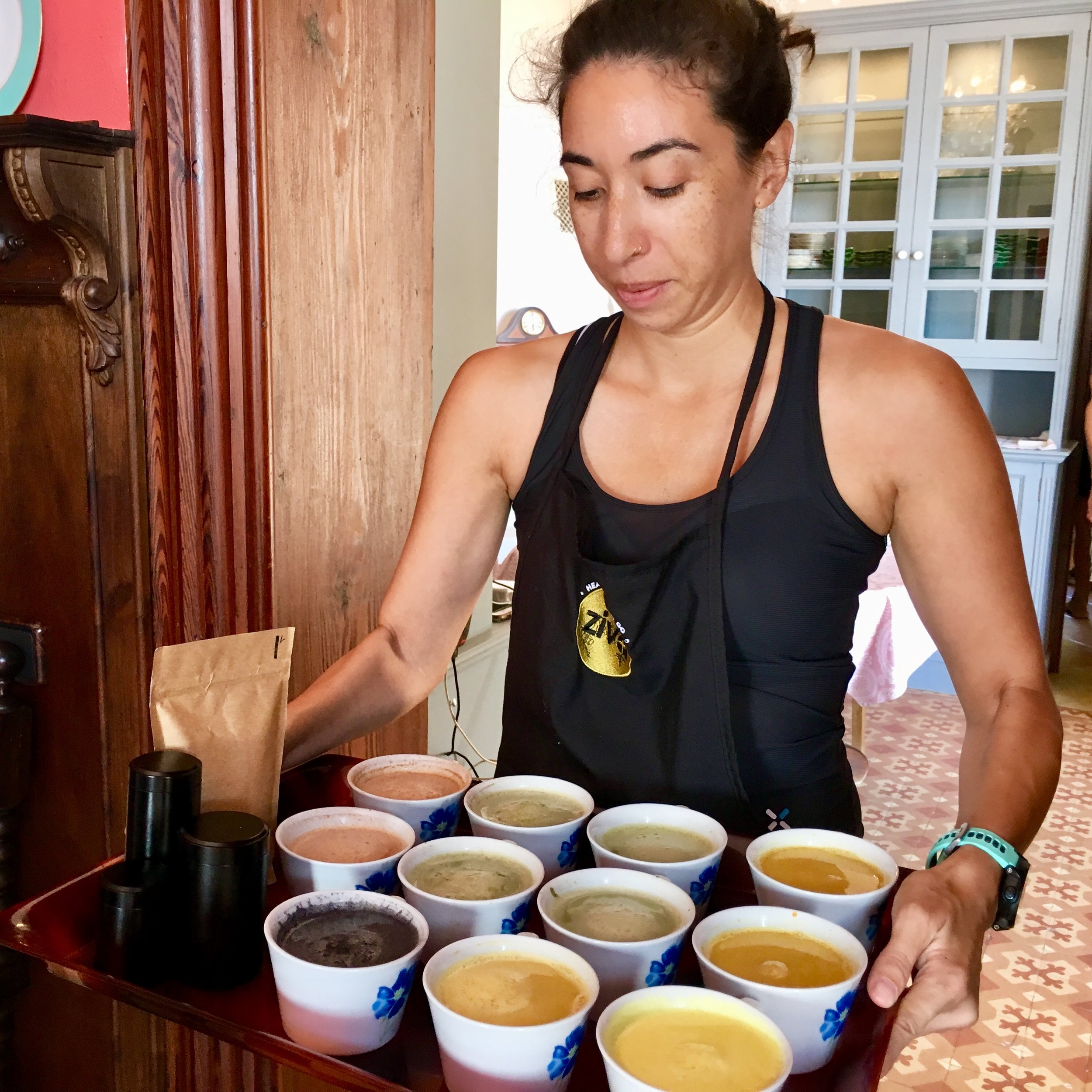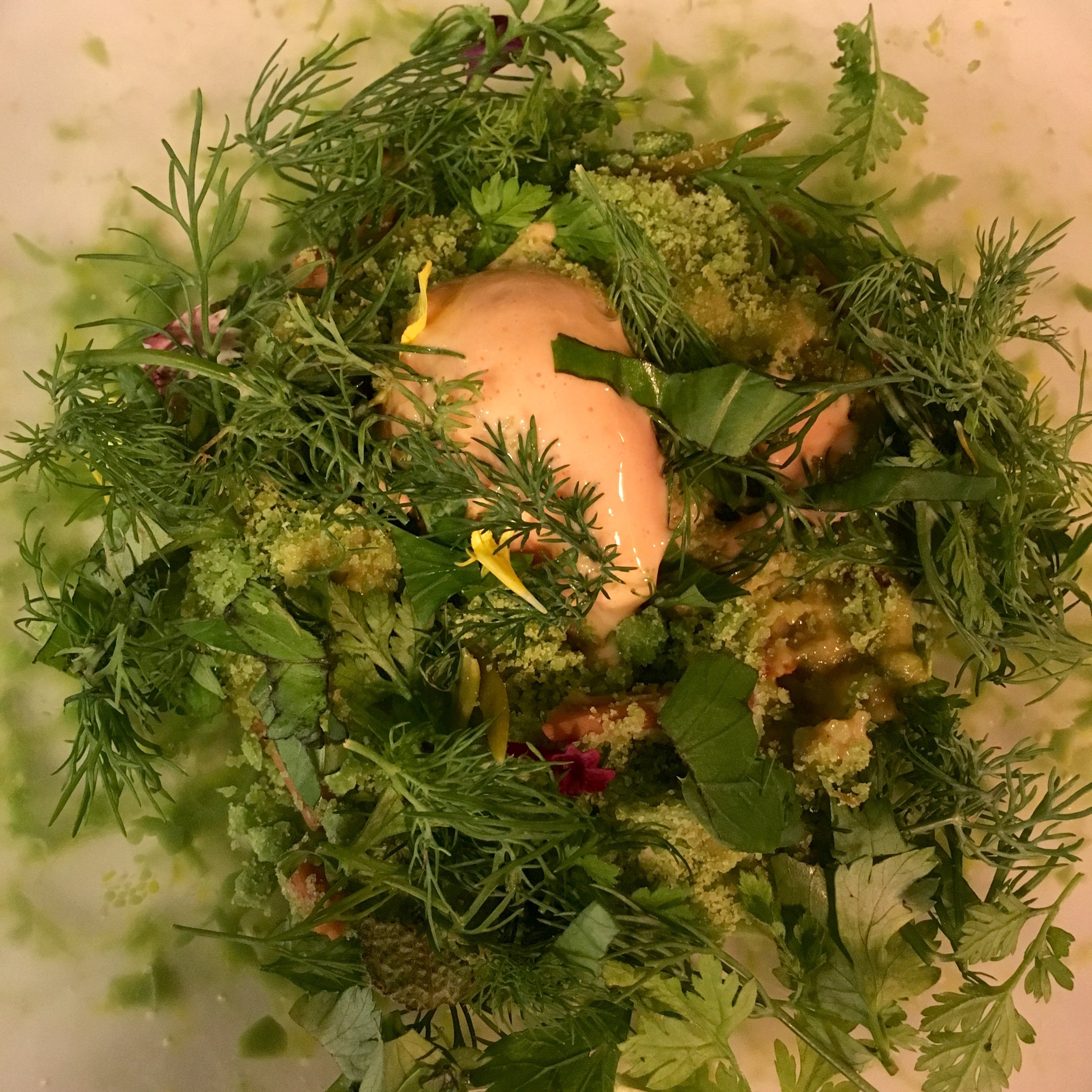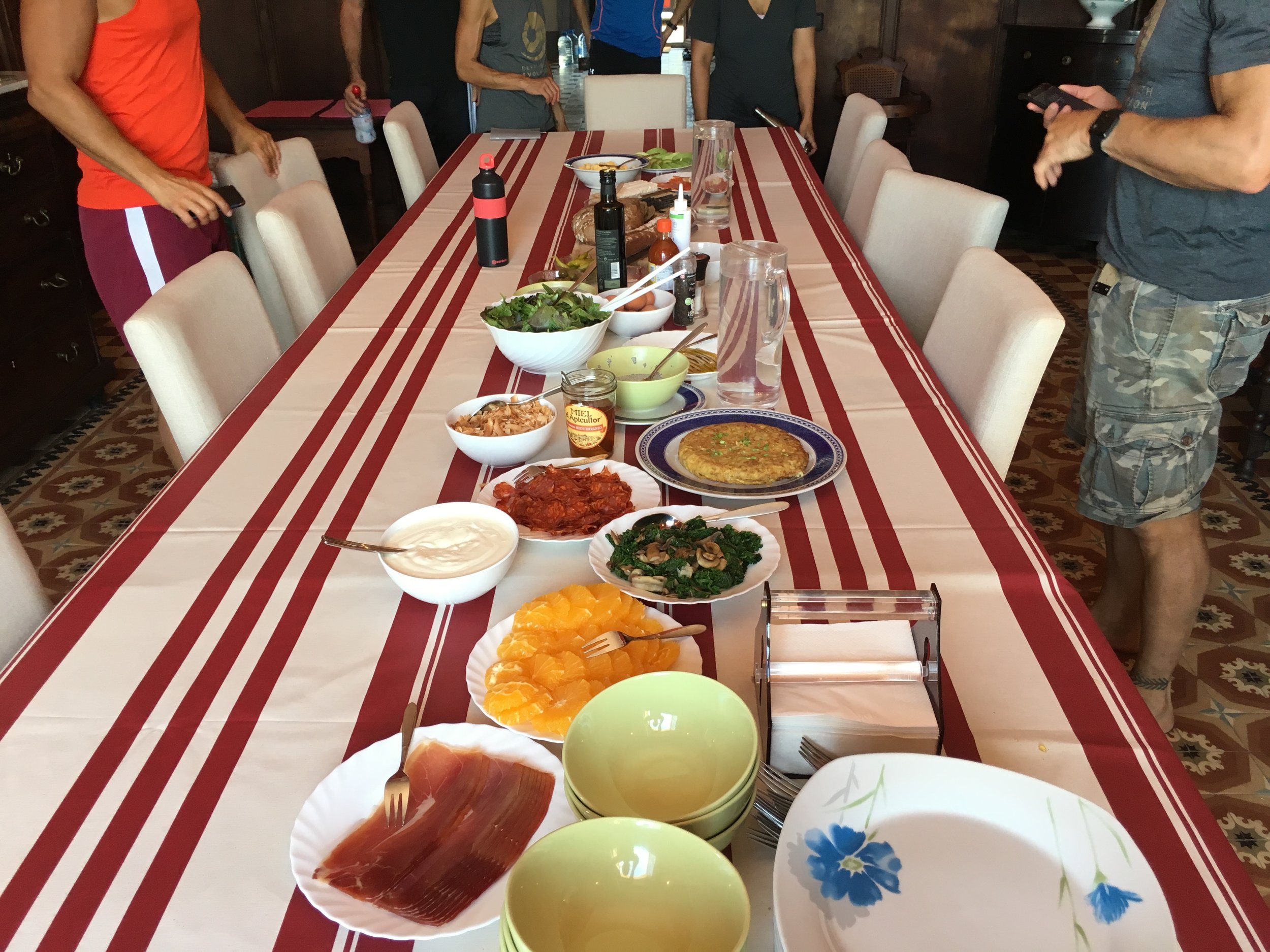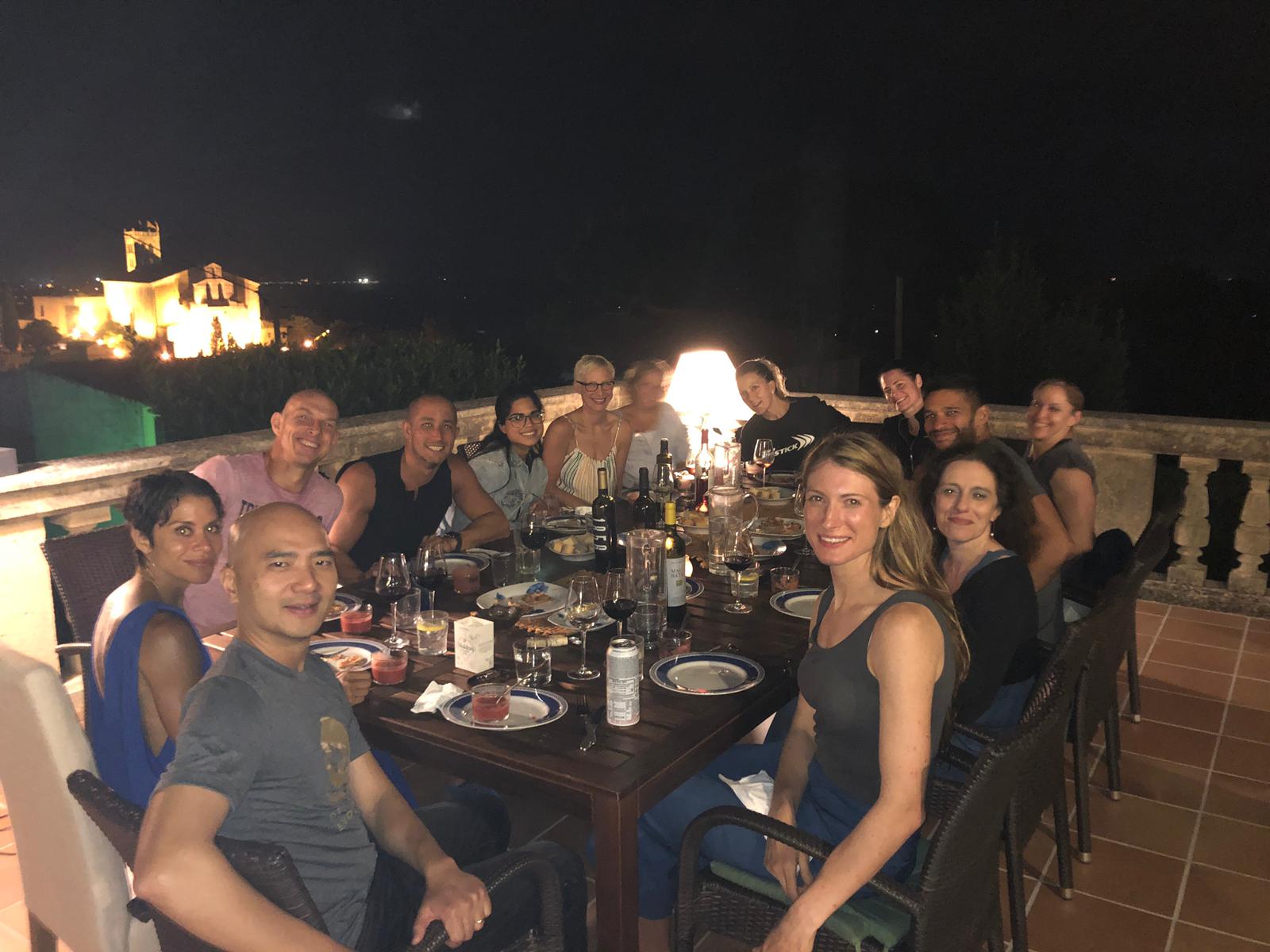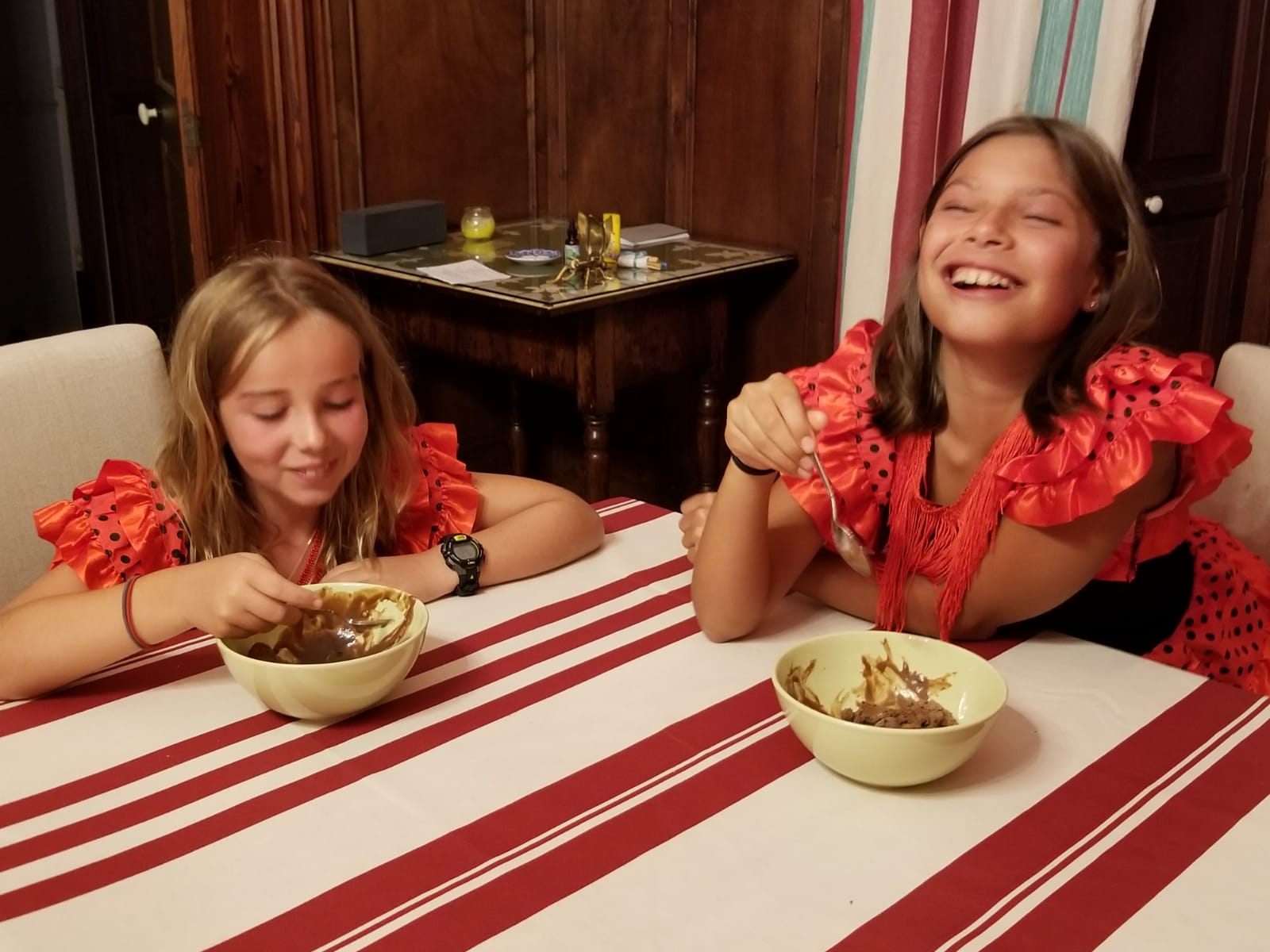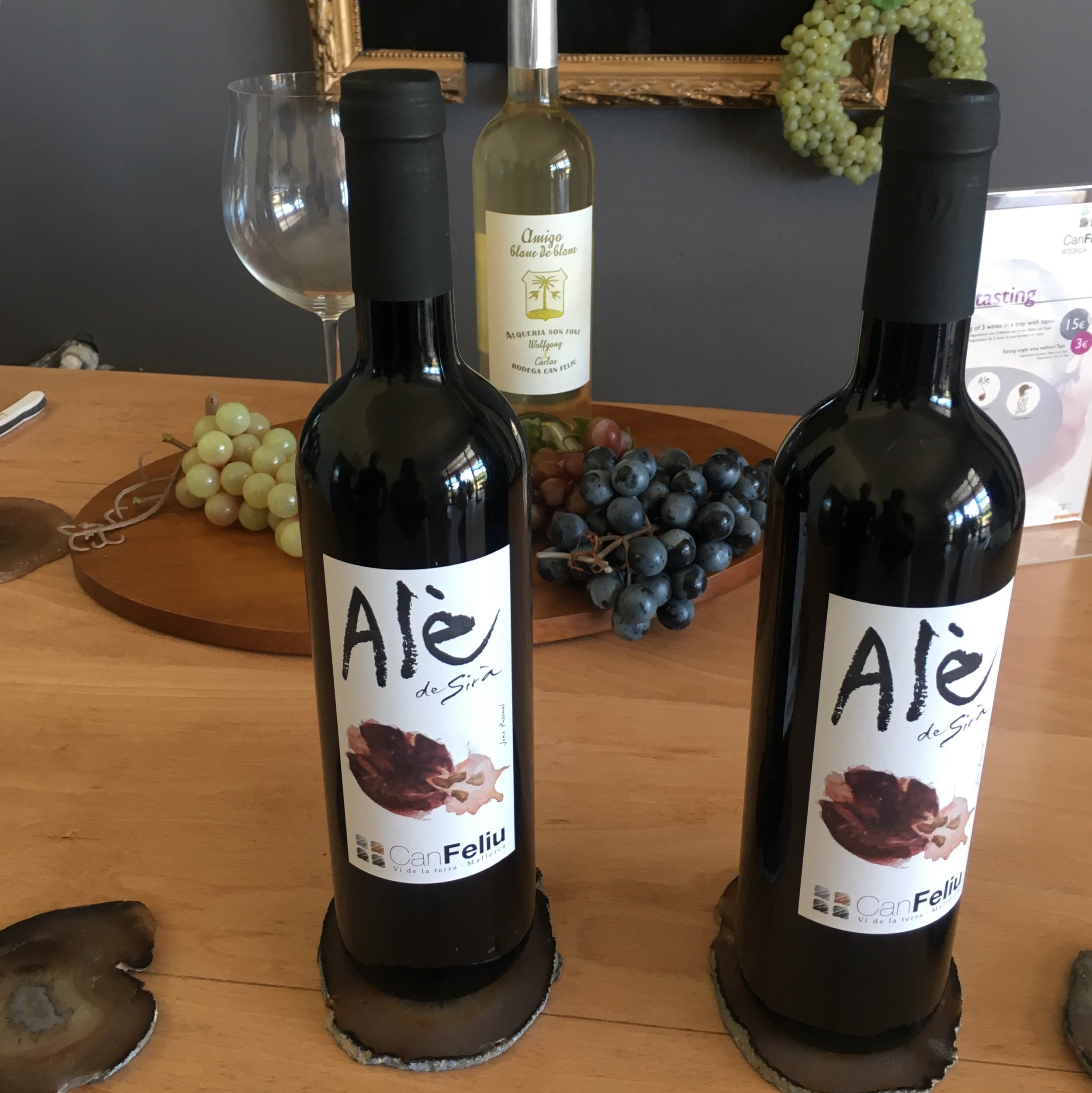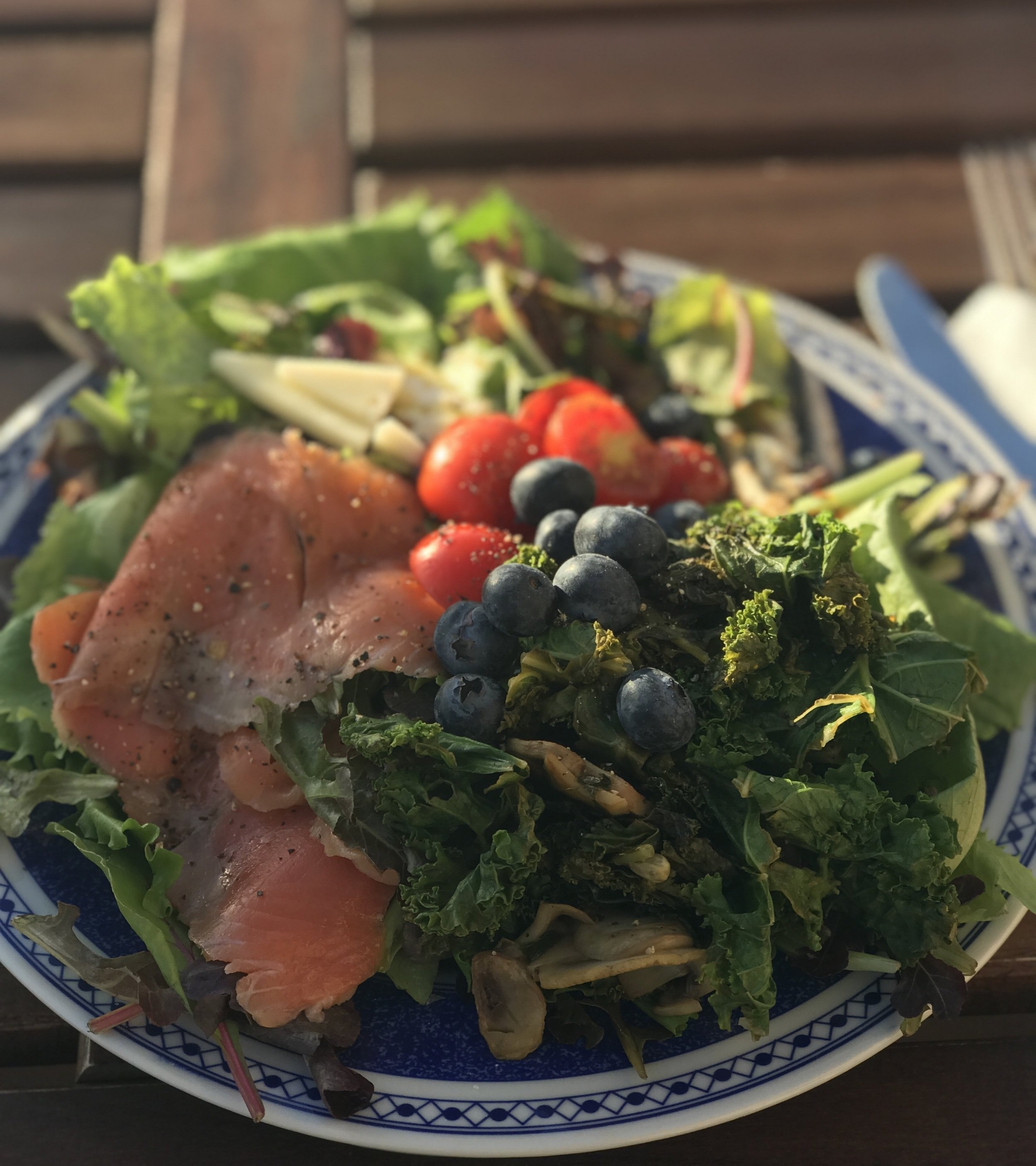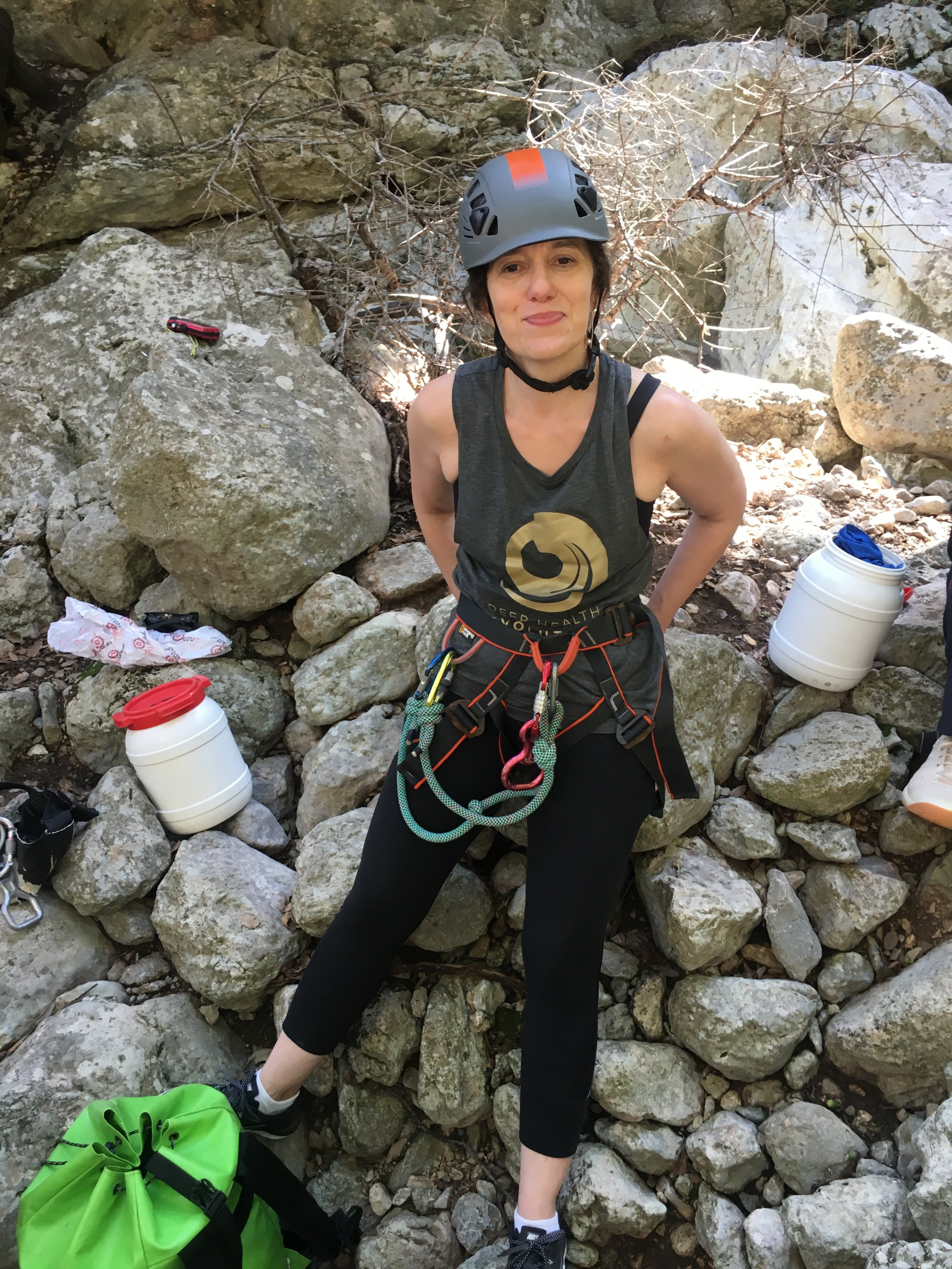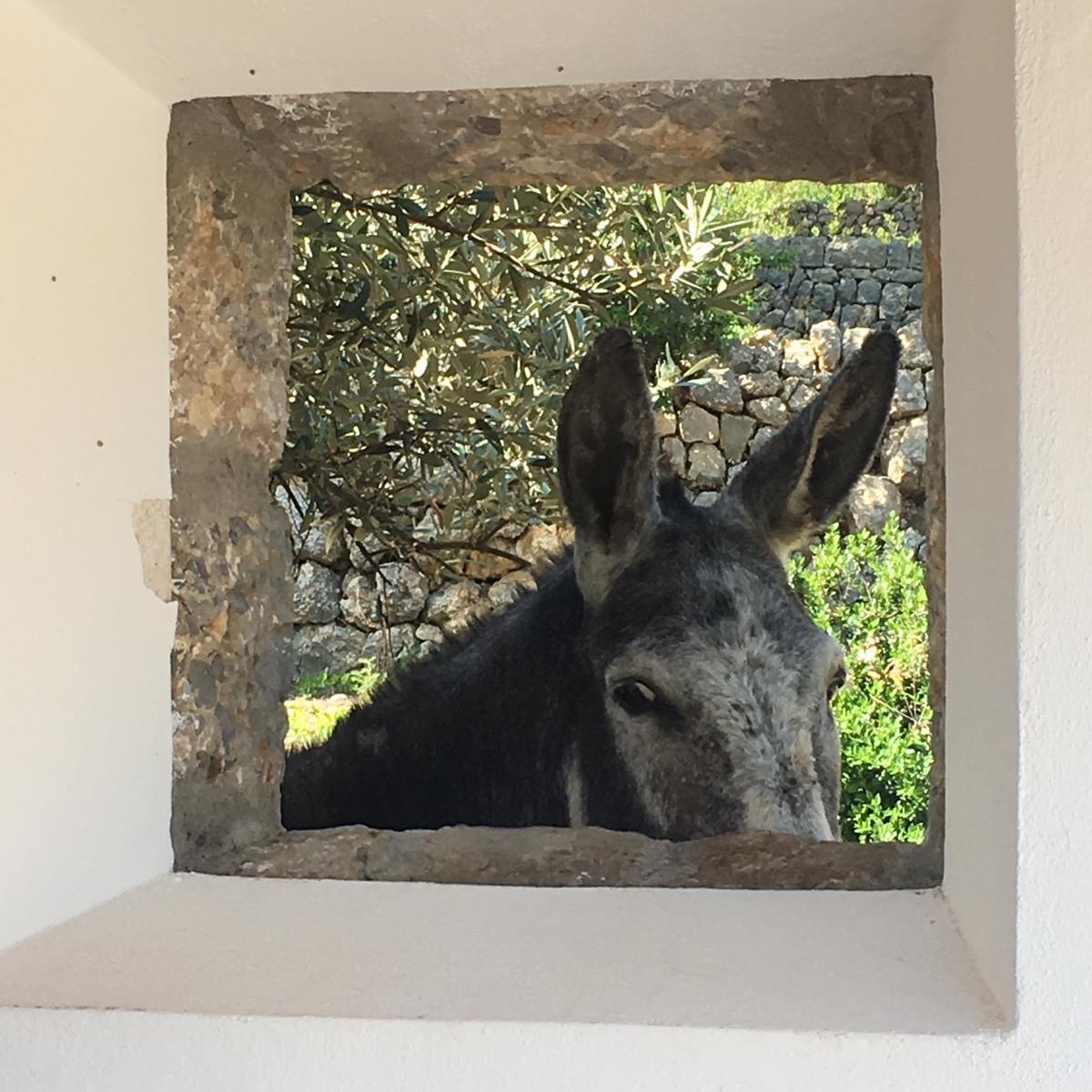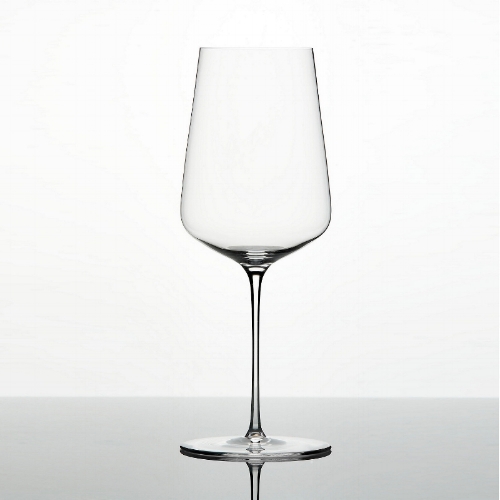It’s been a while since we’ve posted any recipes, so I figured now would be a good time. Most of us are hunkering down indoors and in warm pj’s (or is that just me??) when the weather gets this cold, complaining about the frigid temperatures, yet not really experiencing it at all - except for a few quick bursts running from front door to the subway or Uber or car.
It IS winter, isn’t it? Shouldn’t it be this cold? Still, talking about it seems like the thing to do.
I digress. As I’ve mentioned in the past, winter, to me, is soup weather. I love a yummy pot of soup, especially the recipe below for chicken soup. In the Instant Pot it can take 45 minutes (or an extra 60 minutes if you are also making home made broth on the same day).
If chicken soup is not your thing, keep scrolling for links for 5 all-star soups worth making this winter (along with a couple of healthful tweeks).
Grandma’s Chicken Soup, Instant Pot Edition
(Adapted from Cook Beautiful. This is one of my favorite cookbooks. Every recipe I’ve ever tried from it is fantastic).
1 whole organic chicken
1 bone in chicken breast
2 yellow onions, diced
5-6 carrots – roughly, peeled and cut into coins
5 celery stalks – roughly chopped
6-8 cloves of garlic
3 medium parsnips, chopped
2 quarts chicken bone broth (substitute beef bones for meaty chicken bones)
6 sprigs of fresh thyme
2 teaspoons of salt
Freshly cracked pepper
pecorino or Parmesan cheese rind
handful of chopped parsley, grated pecorino cheese, and lemon wedges for serving
Place all ingredients in the Instant Pot. Add bone broth, just enough to cover the chicken.
Cover and cook on high pressure for 30 minutes. Allow the pressure to release naturally.
Using tongs, remove the chicken and place it in a large bowl. Discard the skin and bones, and shred the meat with two forks.
Discard the cheese rind and thyme sprigs and put the meat back into the soup.
Adjust seasoning to taste.
Serve with a hearty helping of pecorino grated cheese, fresh parsley and a squeeze of lemon.
*For the stove top version, the instructions are the same. Allow the soup to gently simmer in a covered pot over low heat for about 1 1 /2 hours, or until the meat begins to fall off the bone.
*No bone broth on hand? Use whatever you have on hand - chicken stock, vegetable stock, a combination of broth and filtered water, or plain old filtered water.
And now here is our all-star line up of soups worth making to beat the winter blues.
Creamy Vegan Cauliflower Soup from 101Cookbooks
For a legume free variation, skip the lentils. It’s delicious either way. If you are ok with dairy, use grated parmesan instead of nutritional yeast, but then it is no longer vegan of course. Lastly, toasted pumpkin seeds make a delicious topping.
Winter Squash Soup, Smitten Kitchen
Winter Squash Soup from Smitten Kitchen
Skip the croutons and substitute bone broth for the low-salt chicken broth. Toasted seeds, roughly chopped parsley, crumbled kale chips and/or shredded gruyere make for very nice toppings for this soup.
Broccoli Cheddar Soup, Smitten Kitchen
Broccoli Cheddar Soup from Smitten Kitchen
Omit flour. Use bone broth. Substitute the cup of half and half for 1/2 cup heavy cream and 1/2 cup of additional bone broth. Even a 1/4 cup of heavy cream with 3/4 cups of broth work well here. There is a lot of cheese in the soup - you won’t notice the missing cream.
Six Ingredient Creamy Roasted Tomato Soup, Half Baked Harvest
Six Ingredient Creamy Roasted Tomato Soup from Half Baked Harvest
Fresh, ripe tomatoes are best for this recipe, although I’ve also made this with fire-roasted organic canned tomatoes and it works brilliantly.
Portuguese Soup with Cauliflower, Chris Hagan via Food52
Portuguese Cauliflower Soup from Chris Hagan, via Food52
This soup is so good and easy to play with. I’ve used a variety of hearty greens, different types of sausages, skipped sausage all together and added shrimp or even mushrooms. The options are endless!
What are some of your favorite soup recipes? I am always looking for new things to try! Please share.
(This post contains few affiliate links, which means we receive a small commission if you make a purchase using them).



























